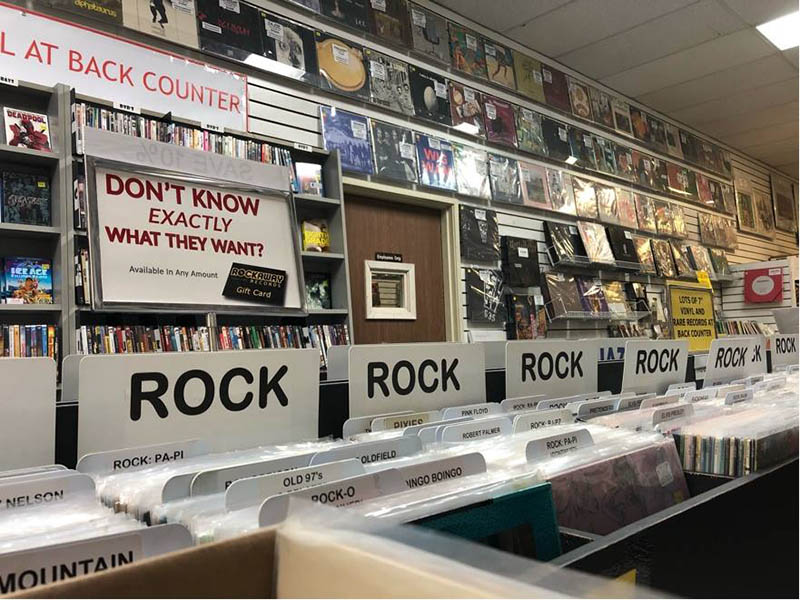
Īlthough the LP was suited to classical music because of its extended continuous playing time, it also allowed a collection of ten or more pop music recordings to be put on a single disc. Only the microgroove standard was new, as both vinyl and the 33 + 1⁄ 3 rpm speed had been used for special purposes for many years, as well as in one unsuccessful earlier attempt (by RCA Victor) to introduce a long-playing record for home use. Each side of a 12-inch LP could play for about 22 minutes.

The new product was a 12- or 10-inch (30 or 25 cm) fine-grooved disc made of PVC ("vinyl") and played with a smaller-tipped "microgroove" stylus at a speed of 33 + 1⁄ 3 rpm. Īt the time the LP was introduced, nearly all phonograph records for home use were made of an abrasive (and therefore noisy) shellac compound, employed a much larger groove, and played at approximately 78 revolutions per minute (rpm), limiting the playing time of a 12-inch diameter record to less than five minutes per side. Apart from a few relatively minor refinements and the important later addition of stereophonic sound, it remained the standard format for record albums (during a period in popular music known as the album era) until its gradual replacement from the 1980s to the early 2000s, first by cassettes, then by compact discs, and finally by digital music distribution.īeginning in the late 2000s, the LP has experienced a resurgence in popularity. Introduced by Columbia in 1948, it was soon adopted as a new standard by the entire record industry.

The LP (from "long playing" or "long play") is an analog sound storage medium, a phonograph record format characterized by: a speed of 33 + 1⁄ 3 rpm a 12- or 10-inch (30- or 25-cm) diameter use of the "microgroove" groove specification and a vinyl (a copolymer of vinyl chloride acetate) composition disk. Originally 23 minutes per side, later increased by several minutes, much longer possible with very low signal level


 0 kommentar(er)
0 kommentar(er)
